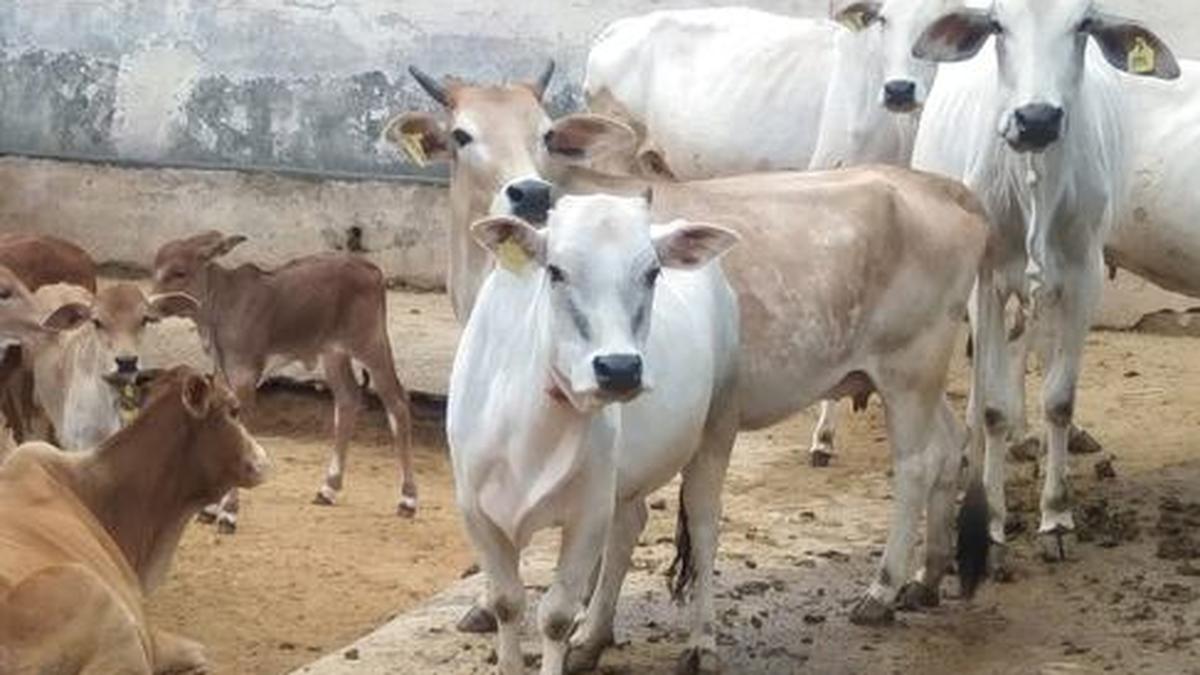
Precious burden of raising Punganur cows Premium
The Hindu
Punganur cows, a rare breed with historical significance, face declining numbers despite commercial potential and unique characteristics.
Two centuries ago, hundreds of Punganur cows lived in Chittoor district, their native land. But now, their population is less than 50, says K. Mani (61), a farmer from Jangala Agraharam village, less than 30 km from Punganur town of Chittoor district of Andhra Pradesh.
Despite the popular belief that the Punganur breed cows are the embodiment of Goddess Lakshmi and the bovine Goddess Kamadhenu, the limited commercial viability of these cows, one of the smallest cattle breeds in the world, is one of the major causes for their declining numbers, Mr. Mani opines.
However, Jagadeesh Reddy (45), a natural farmer from Nalagampalle village close to Punganur town, argues that the cow breed has great commercial value. He stresses that there is no replacement for the Punganur cow, given its soil-friendly nature.
“It is a great ally to farmers. As a natural farmer, I can confidently say that the dung of the Punganur cow is highly valued and works wonders when used in making organic fertilisers of Jeevamrutham and Ghanamrutham.
“Who says it’s not a commercially viable breed? I know many who are willing to pay ₹5,000 to ₹7,000 for a litre of Punganur cow’s ghee when regular ghee is available in the markets for only ₹600,” says Mr. Reddy.
While the origins of this petite cow breed remain a mystery due to the lack of sufficient documentation, Subramanyam Achari (74), a retired headmaster living in Srikalahasti, nearly 120 km from Punganur town, shares the information he obtained from his grandfather.
According to him, three centuries ago, the Punganur cow received patronage from the kings and zamindars of the Vijayanagaram dynasty, the vassal kings of the Arcot Nawabs, and Palegars (chieftains) of the Deccan Plateau. During the 18th Century, the breed flourished in the erstwhile Arcot region, which includes today’s Rayalaseema region, parts of Karnataka including Bellary, Bengaluru, and Mysore, and parts of Tamil Nadu.













